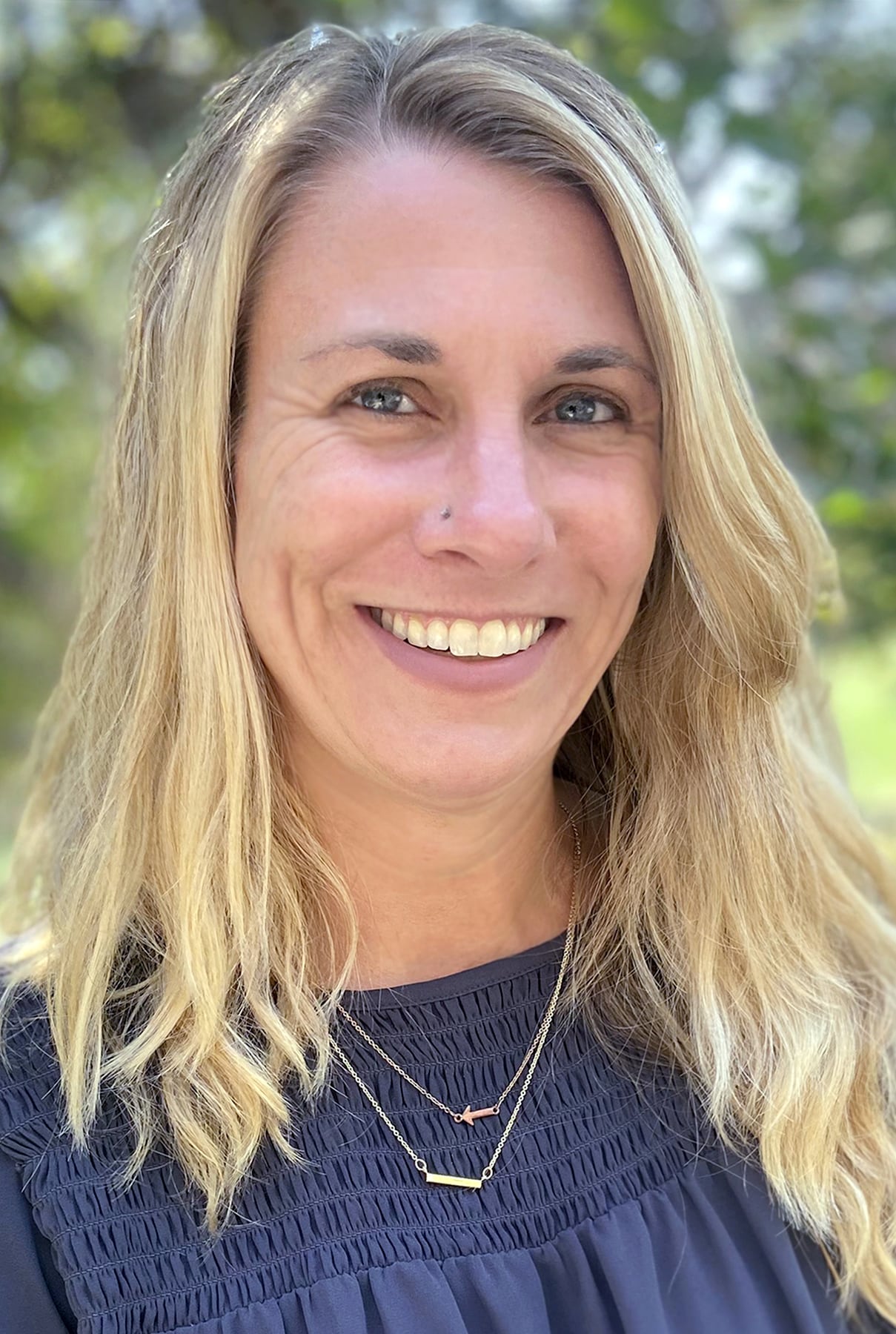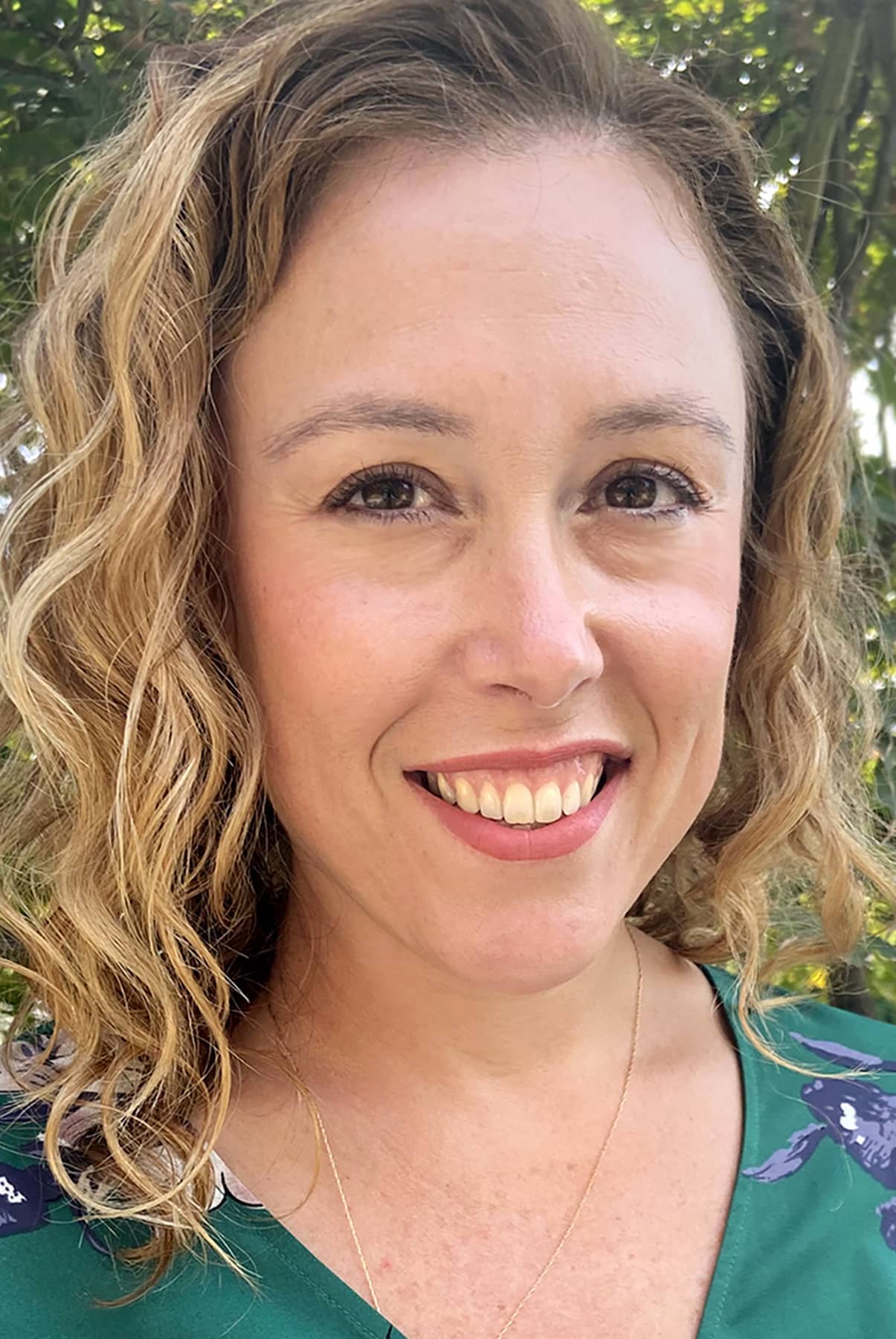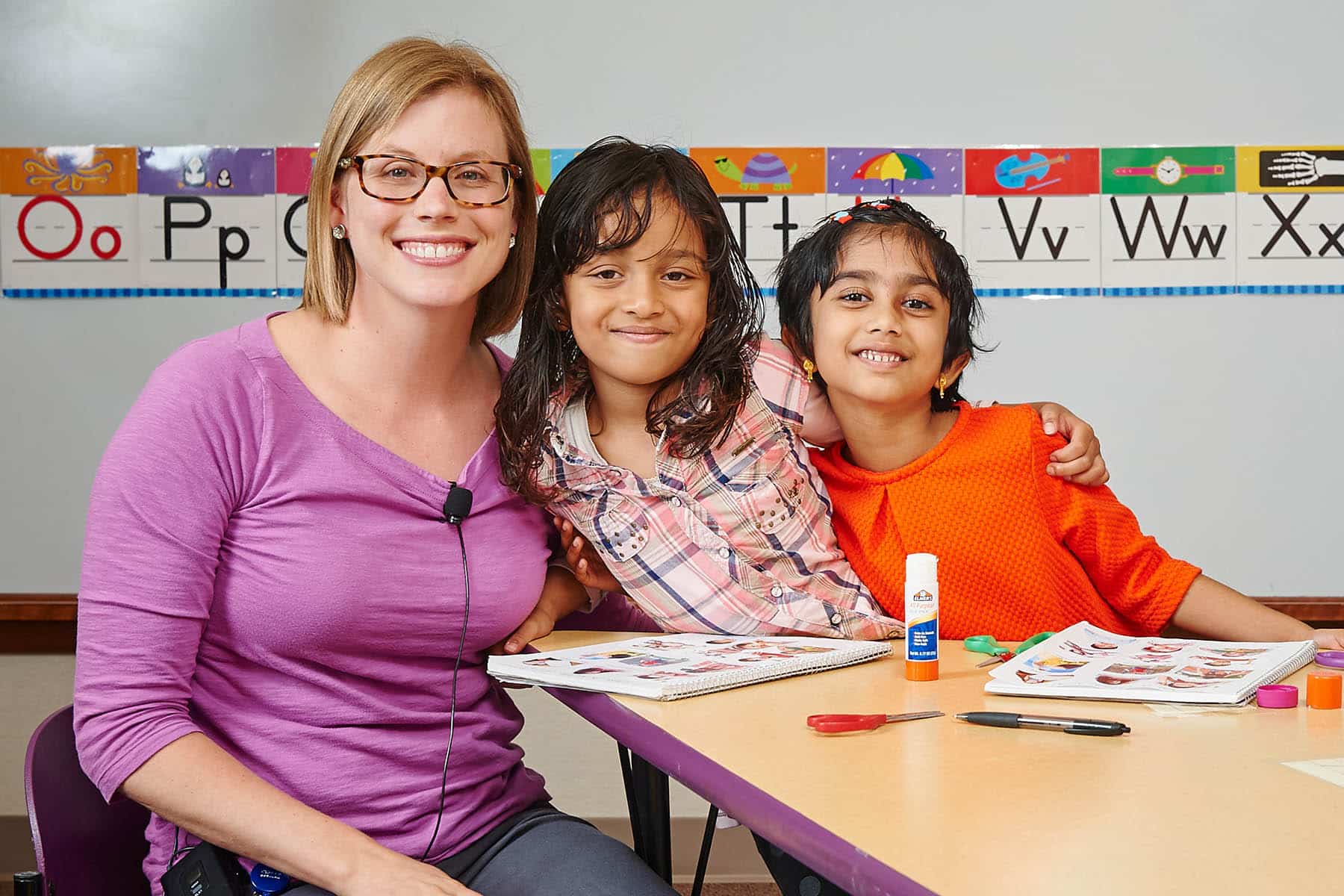Vocabulary plays a critical role in a child’s academic success. Children must develop strong vocabulary skills to become successful listeners, speakers, readers, writers and more. Children who are deaf and hard of hearing often enter school behind their peers with typical hearing in the area of vocabulary. Their difficulty with overhearing language and lack of incidental learning requires that they be directly taught new words. Below are some tips for vocabulary instruction to implement with children with hearing loss to develop their vocabulary skills and set them up for academic success.
- Use visuals. When introducing new words, pair the word and its definition with a visual. You can use a picture, show a video or demonstrate/show a real-life object. For older students, use a visual aid such as CID’s vocabulary card template, that allows the student to write the word and its definition, use the word in a sentence and draw a picture. When the child can not only hear the word but see it, too, he is more likely to truly understand it and be able to correctly use it in his spoken language.
- Pre-teach. For students in older grades, teach new academic content words in advance. It can often be difficult for students with hearing loss to keep up with fast-paced classroom instruction and discussions. Giving students who are deaf and hard of hearing the opportunity to hear and learn new words ahead of time allows them to be better prepared for keeping up with and making sense of academic lessons.
- Repeat, repeat, repeat. Children who are deaf and hard of hearing need to hear new words multiple times and in multiple contexts throughout their day in order to truly learn them. Informing other professionals on the student’s educational team, as well as their parents, about target vocabulary can help increase the chances that the student is exposed to these words throughout their school day as well as at home.
- Use a theme. Teach new vocabulary within a theme. For younger students, this might be a relevant, age-appropriate (and timely) theme such as, apples in the fall or bugs in the spring. For older students, new words are often taught around the content area of a given subject such as force and motion in science or government in social studies. Themes help students learn related words and allow them to draw on their past experiences and existing knowledge.
- Recognize vocabulary development is an ongoing goal. Learning new vocabulary never ends, even for adults. For students who are deaf and hard of hearing, vocabulary development is an area that should always be considered when writing goals and in daily instruction.
Learn more about vocabulary acquisition by watching our online course, Vocabulary Acquisition for Academic Success!

Jessica Klein is a speech-language pathologist. In addition to working at CID, she has worked in a public school setting, serving elementary-age students. Ms. Klein has co-authored several workshops, presented at a variety of professional conferences and written an online course about developing literacy skills in students who are deaf and hard of hearing. Most recently, she co-authored the SPICE for Life Second Edition auditory training curriculum.

Abby Zoia is the director of the Emerson Center for Professional Development at CID – Central Institute for the Deaf. Ms. Zoia holds professional certification from the national Council of Education of the Deaf, as well as Listening and Spoken Language Specialist certification (LSLS Cert AVEd) from the AG Bell Academy. In addition to presenting at numerous CID workshops and local and regional conferences, Ms. Zoia has presented at the international conventions of the Alexander Graham Bell Association for the Deaf and Hard of Hearing and the American Speech-Language-Hearing Association.












